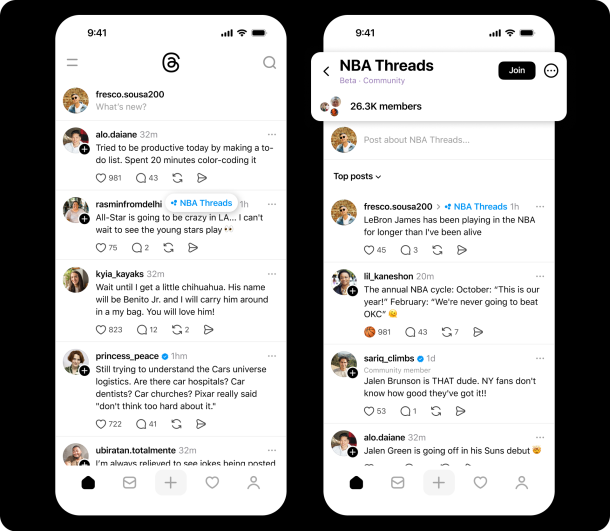
For decades, NASA has been the cool neighbor who not only owns the Wi-Fi but also built the router, laid the cables, and kept the whole thing running themselves. From Mars rovers beaming back selfies to lunar landers sending home the latest moon glow, they’ve done it all in-house.
But now? NASA’s flipping the script. Instead of running the entire deep-space internet solo, they want to subscribe to it — the “connectivity-as-a-service” model. Think less “we built the network” and more “we pay the space ISP.” And that shift? It’s sparking a literal space race for who gets to be the provider of interplanetary bandwidth.
Here’s the deal: Right now, data from Mars comes via orbiters like the Mars Reconnaissance Orbiter and MAVEN, which act as cosmic Wi-Fi extenders, bouncing info to Earth’s massive Deep Space Network antennas. The problem? These orbiters are healthy but aging — and they were never meant to be the forever solution. By the early 2030s, they’ll start to fade, and NASA needs fresh options.
Enter the big players. Blue Origin wants to launch a Mars Telecommunications Orbiter by 2028. Rocket Lab is pitching their own Mars comms setup. SpaceX? They’re eyeing a Starlink-style Mars network. The vision is to create a space data marketplace where NASA is just one customer among many.
But the challenge is massive. Mars is far, there’s lag (minutes-long!), solar interference, and “Earth is behind the sun” blackouts. NASA’s not asking for satellites tomorrow — just the best blueprints now.
And the stakes? This isn’t just about science missions anymore. It’s about setting up the data backbone for humans living, working, and TikToking from the Moon… and one day, from Mars.







